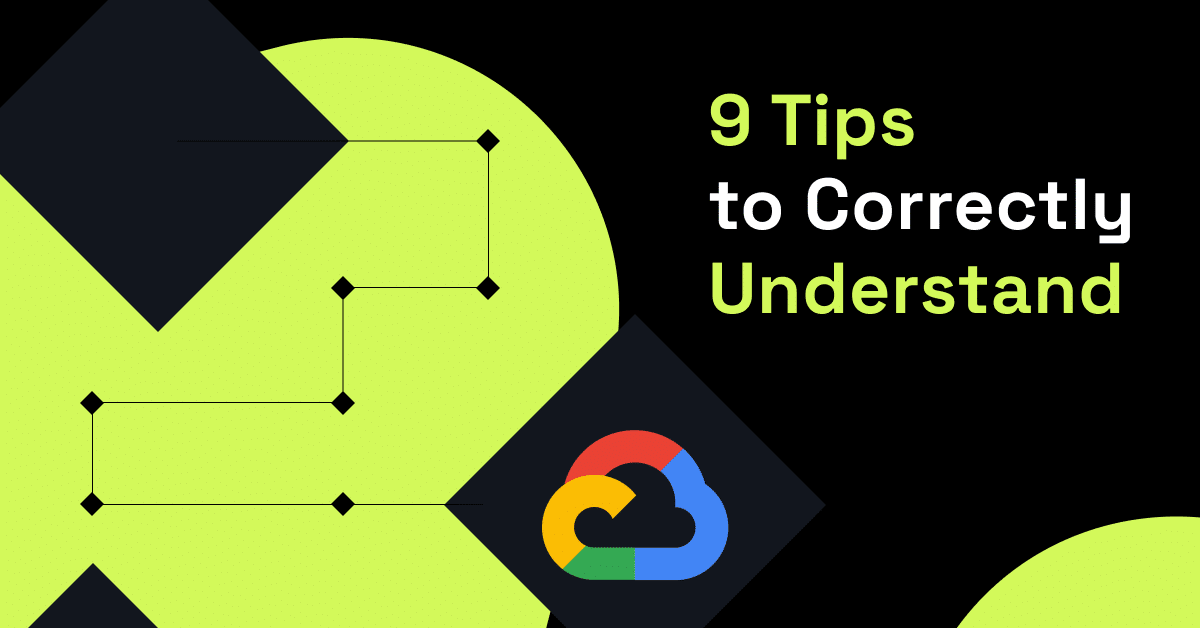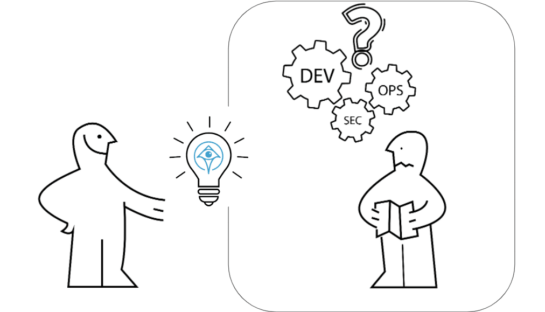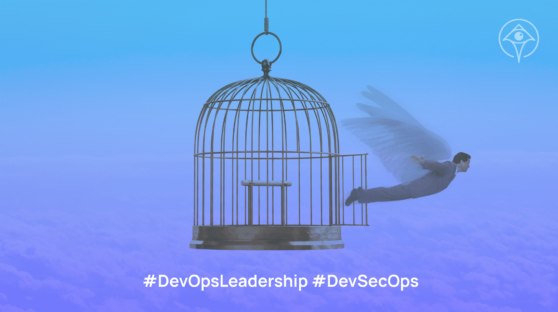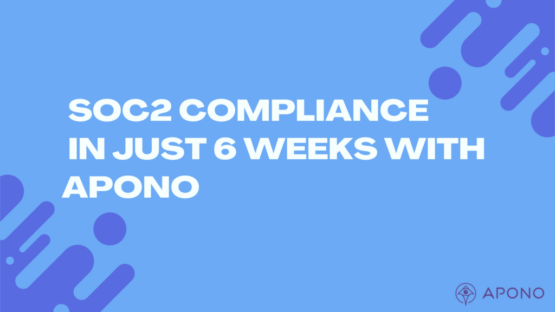9 Tips to Correctly Understand and Configure IAM on GCP

Rom Carmel
April 24, 2024

Organizations migrating or building applications on Google Cloud Platform (GCP) quickly realize the importance of securing IAM in the public cloud. For example, a misconfigured Google Cloud identity can inadvertently expose sensitive data or lead to a potentially crippling breach.
Pfizer, one of the world’s largest pharmaceutical companies, suffered a massive data breach in 2020 due to a misconfigured cloud storage bucket, exposing data, email addresses, home addresses, names, and other HIPAA-related customer information. In this case, hackers extracted highly confidential medical information from automated customer support software stored in the Google database and compromised the privacy and security of patients using its medications.
Cloud IAM makes up 42% of the global IAM market. In reality, the importance of GCP IAM and other clouds can’t be overstated or summed up by facts and figures. Investing in mastering IAM on GCP isn’t just about industry trends; it’s about establishing a core pillar of your cloud security strategy.
What is IAM in GCP?
IAM is a critical component of Google Cloud Platform (GCP) that enables you to control access to your cloud resources effectively. Implementing IAM is an essential component of any cloud migration strategy, allowing you to establish granular access controls, maintain compliance, and protect sensitive data.
IAM on GCP offers extensive features such as centralized management, multi-factor authentication, and fine-grained access control, giving you the flexibility and security you need to manage your cloud environment effectively.
Key Features of GCP IAM
- Integration with Other GCP Services
IAM on GCP integrates with other GCP services, making controlling access across all your resources easy. For example, you can set up IAM policies to control access to cloud storage buckets or restrict access to BigQuery datasets. This integration ensures that all GCP services consistently apply your access controls.
- Built-in Audit Trail
It allows you to focus on business and IT security policies around your resources. It provides a unified view of the security policy of your entire organization with built-in auditing to ease compliance processes.
- Centralized Access Control
GCP IAM provides a centralized platform where you can easily manage access controls for all your GCP services. Therefore, you don’t have to navigate different service-specific interfaces to set up permissions. With GCP IAM, you can streamline the process and have a unified view of your access controls across all GCP resources.
- Fine-grained Access Control
One of the main advantages of IAM on GCP is its ability to provide fine-grained access control. You can assign roles to individuals or groups at different levels, such as project, folder, or organization. It allows you to precisely define who has access to which resources within your GCP environment.
- Access Transparency
IAM on GCP provides access transparency, which allows you to track and monitor who has accessed your resources and when. With access transparency logs, you can gain visibility into the actions performed by users within your GCP environment to detect any unauthorized access attempts and provide an audit trail for cloud compliance purposes.
Understanding GCP IAM Roles
GCP utilizes Role-Based Access Control (RBAC) to assign permissions. In RBAC, permissions are granted based on the specific tasks an identity is authorized to perform. This system employs permission documents called “Roles” to establish the relationship between an identity (referred to as a “Principal”), a “Role,” and a “Scope,” determining the level in the resource hierarchy where the permissions are applicable.
Since permissions cannot be applied directly to users, cloud network security administrators must confer roles with specific policy-based permissions to each user, group, or application.
When you grant a role to one principal, you grant them all the permissions a role contains. IAM on GCP is scalable in that multiple users in one group can all take on the permissions granted from a single role. GCP roles include the following:
Basic Roles
Originally referred to as “primitive roles,” basic roles encompass three categories: owner, editor, and viewer. These roles operate in a hierarchical structure, where owner roles possess the permissions of editor roles, and editor roles possess the permissions of viewer roles.
- Owners hold the highest level of control, managing viewers and editors, setting permissions and resources for projects, and establishing billing processes.
- Editors, on the other hand, can view, modify, create, and delete resources.
- Viewers are limited to read-only access and are unable to make any modifications to existing resources or data.
Limitations of basic roles
It’s important to acknowledge the limitations of basic roles. These roles precede IAM on GCP and do not adhere to the principle of least privilege. Consequently, they present increased security risks due to the inclusion of thousands of permissions across all Google Cloud services.
For instance, granting a user the basic editor role grants them the power to create and delete resources across most Google Cloud services within the entire project or organization. Therefore, basic roles should only be assigned as a last resort.
Additionally, owners have stipulations depending on the infrastructural level at which the user is operating. For example, owners at the project level do not have the same permissions as owners at the organization level. Furthermore, owners at the organization level cannot modify the metadata (role ID and permissions) within a role.
Predefined Roles
Predefined roles give users precise access to particular resources, bolstering security by adhering to the principle of least privilege. Hence, users are only granted the necessary resources to fulfill their tasks. Unlike basic roles, predefined roles are role-bound, allowing lower-level resources to inherit the associated policies.
Custom Roles
IAM also provides the ability to generate personalized IAM roles. These custom roles are beneficial in upholding the principle of least privilege as they ensure that individuals within your organization possess only the necessary permissions.
The user defines custom roles that allow grouping multiple supported permissions to cater to specific requirements. Upon creating a custom role, selecting an organization or project to associate it with is essential. Subsequently, the custom role can be granted within the organization or project, as well as on any resources contained within.
It is important to note that custom roles can only be granted within the project or organization in which they were created. It is impossible to assign custom roles to other projects or organizations or resources within those projects or organizations.
9 Tips to Correctly Understand and Configure GCP IAM
- Configure IAM Policies
IAM policies allow you to define fine-grained access control for your GCP resources. They specify who (by assigning roles) has what level of access to which resources within your project.
- Follow the Principle of Least Privilege
The principle of least privilege should guide your IAM configuration. Grant users only the permissions they need to perform their tasks, minimizing the risk of unauthorized actions or data breaches. Regularly review and update permissions to ensure they align with user responsibilities.
- Enable IAM Role Recommendations
IAM role recommendations in GCP analyze cloud resource permissions and usage patterns, then utilize machine learning to suggest specific roles that best fit the actual usage patterns of your users, service accounts, or groups.
By implementing these recommendations, you can adhere more closely to the principle of least privilege, ensuring that identities have no more access than they need to perform their tasks.
- Audit and Monitor IAM Policies
You can periodically review and audit IAM policies (following an identity governance framework) to ensure they remain aligned with your organization’s security requirements.
Remove unnecessary or outdated permissions, and verify that roles are assigned correctly. Utilize tools such as the IAM Recommender to identify potential policy improvements.
- Understand Predefined Roles
Predefined roles are designed to cover common use cases and have been vetted by Google. Whenever possible, utilize these roles instead of creating custom roles to ensure consistency and simplify permissions management across your projects.
- Implement Multi-factor Authentication (MFA)
Enforce the use of MFA for all user accounts. MFA adds an extra layer of security by requiring users to provide additional proof of identity, such as a code generated on their mobile device, in addition to their password. It helps prevent unauthorized access, even if passwords are compromised.
- Rotate Service Account Keys
Service accounts are used to authenticate applications and services running within your GCP environment. Regularly rotate the keys associated with service accounts to minimize the impact of compromised keys. Additionally, restrict the permissions granted to service accounts to the minimum required for their intended purpose.
- Create Custom Roles
When predefined roles don’t meet your specific needs or if you need to limit permissions further, create custom roles with the precise set of permissions required. The best practice is to keep custom roles as focused and granular as possible.
- Enable Logging
Enable IAM audit logging to track changes to IAM policies and permissions. You can use Cloud Monitoring and Cloud Logging to monitor IAM-related activities and detect suspicious behavior.
Use Apono for Seamless IAM on GCP
By leveraging IAM on GCP and following the above best practices, you can bolster your cloud security posture, minimize the risk of unauthorized access, and maintain compliance with regulatory requirements. So, whether you’re new to GCP or looking to enhance your cloud security practices, IAM is an essential tool you should leverage to protect your cloud environment.
Apono’s robust security features help your organization strengthen IAM in GCP environments and protect critical resources from unauthorized access. Apono’s cutting-edge IAM solution specializes in providing seamless identity and access management capabilities for GCP. With its cloud-native design and intuitive user interface, Apono simplifies the complexities of IAM, allowing your business to efficiently manage user access and permissions.
Get started with Apono for free.





